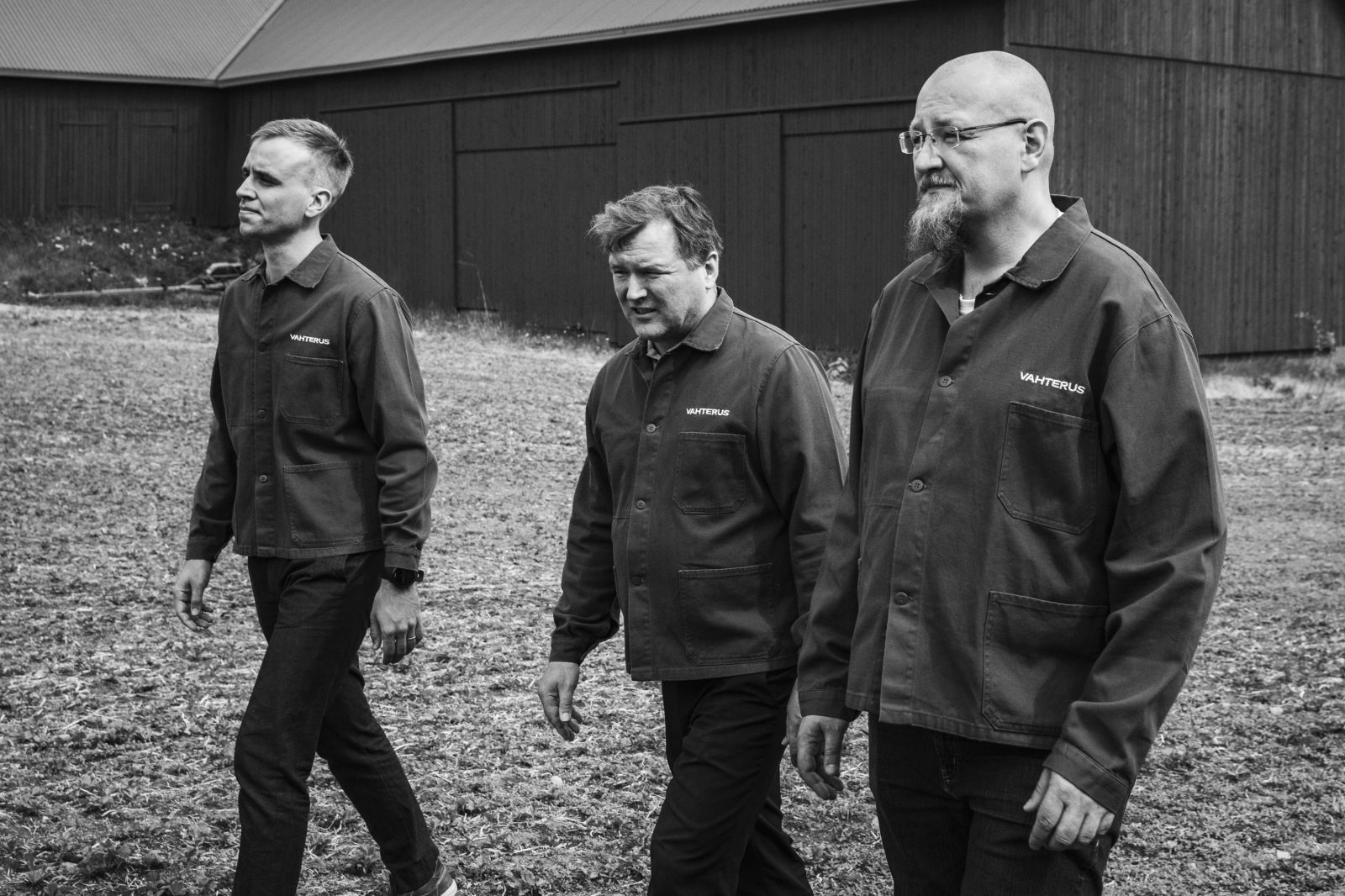Vahterus FEM Simulations Rise to the Cryogenic Challenge
Kalle Vähätalo, R&D Engineer at Vahterus
Low temperatures and widely varying temperature differences in cryogenic applications can cause high stresses to the constructions. Practical testing of constructions is often complicated and time consuming, which is why modelling and simulation tools have become an important part of the development process. During the last couple of years, Vahterus has made many FEM (Finite Element Method) simulations of constructions used in cryogenic applications.
The FEM simulation process starts with the 3D modelling of the studied construction. The geometry is then divided into elements that constitute the calculation mesh. Boundary conditions and loads describe the external forces and surroundings of the structure. The differential equations representing the phenomena, such as stresses and displacements in the structure, are numerically solved. There are many methods for determining structure lifetime, which generally use the highest stresses in the structure, as determined by FEM simulations.
When modelling and simulation tools are used, it is very important to ensure that they are truly representative of the problem studied. Vahterus employs its comprehensive testing facilities to validate all models utilised in simulations.
Thermal stress is probably the most important factor determining the lifetime of the LNG evaporator. The temperature distribution inside the heat exchanger needs to be defined precisely when thermal stresses are simulated. CFD (Computational Fluid Dynamics) simulations can be used to determine the temperature distribution. From 2018–19, Vahterus collaborated with Tuomas Kyllönen of Elomatic on his Master’s thesis, ‘Computational Fluid Dynamics Analysis of a Pressure Build-Up Unit of a Liquefied Natural Gas Fuel System’, where he studied the temperature distribution inside the Vahterus heat exchanger.
Using FEM simulations has helped Vahterus to continuously improve the constructions used in the challenging cryogenic environment.

